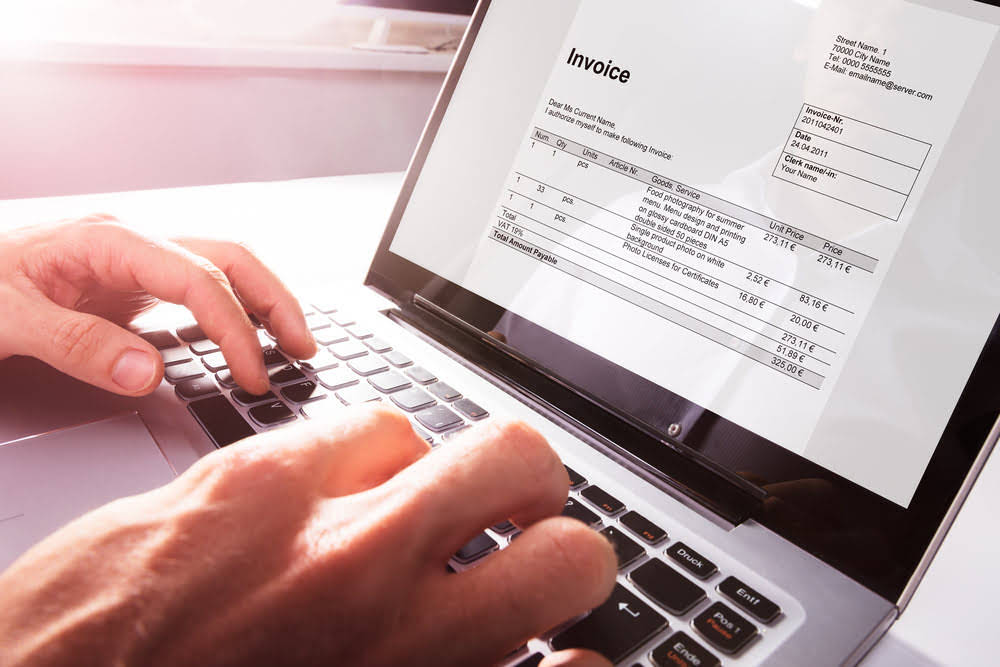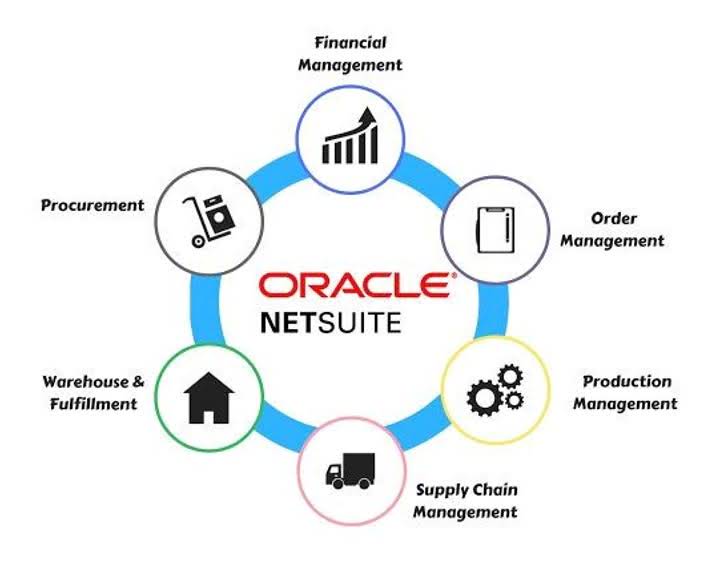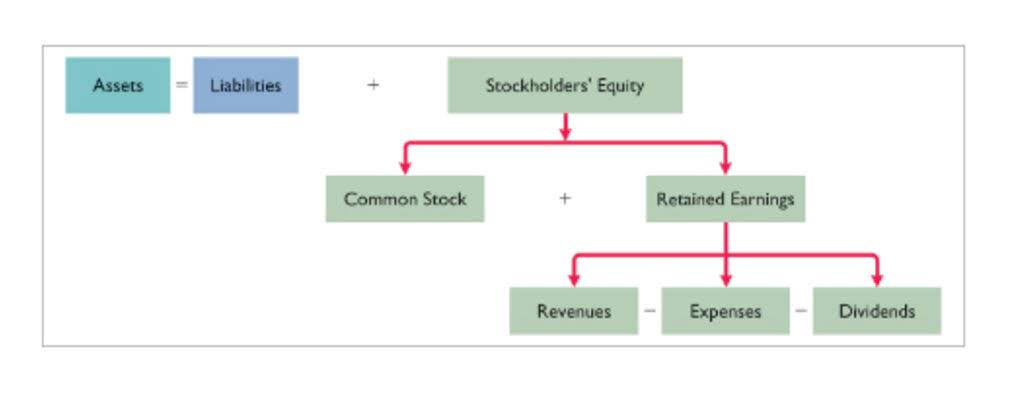Closing entries Closing procedure

One of your responsibilities is creating closing entries at the end of each accounting period. Companies are required to close their books at the end of eachfiscal year so that they can prepare their annual financialstatements and tax returns. However, most companies prepare monthlyfinancial statements and close their books annually, so they have aclear picture of company performance during the year, and giveusers timely information to make decisions. Thebusiness has been operating for several years but does not have theresources for accounting software. This means you are preparing allsteps in the accounting cycle by hand.

What is your current financial priority?

Doing so automatically populates the retained earnings account for you, and prevents any further transactions from being recorded in the system for the period that has been closed. The purpose of closing entries is to prepare the temporary accounts for the next accounting period. In other words, the income and expense accounts are “restarted”. In some cases, accounting software might automatically handle the transfer of balances to an income summary account, once the user closes the accounting period.
Generate a Final Trial Balance

Let’s investigate an example of how closing journal entries impact a trial balance. Imagine you own a bakery business, and you’re starting a new financial year on https://www.bookstime.com/ March 1st. Closing all temporary accounts to the income summary account leaves an audit trail for accountants to follow. The total of the income summary account after the all temporary accounts have been close should be equal to the net income for the period. At the end of the year, all the temporary accounts must be closed or reset, so the beginning of the following year will have a clean balance to start with. In other words, revenue, expense, and withdrawal accounts always have a zero balance at the start of the year because they are always closed at the end of the previous year.
Trial Balance
Accounting software may create an automatic closing date as well as a password so transactions from before the closing date can’t be changed. If you paid out dividends during the accounting period, you must close your dividend account. Now that the income summary account is closed, you can close your dividend account directly with your retained earnings account. The second entry requires expense accounts close to the IncomeSummary account.
Step 2: Clear expenses to the income summary account
- The following video summarizes how to prepare closing entries.
- We could do this, but by having the Income Summaryaccount, you get a balance for net income a second time.
- Afterwards, withdrawal or dividend accounts are also closed to the capital account.
- When doing closing entries, try to remember why you are doing them and connect them to the financial statements.
- Our debit, reducing the balance in the account, is Retained Earnings.
All temporary accounts eventually get closed to retained earnings and are presented on the balance sheet. Closing all temporary accounts to the retained earnings account is faster than using the income summary account method because it saves closing entries a step. There is no need to close temporary accounts to another temporary account (income summary account) in order to then close that again.

Steps to Close the Books
Suppose a business had the following trial balance before any closing journal entries at the end of an accounting period. If dividends were not declared, closing entries would cease atthis point. If dividends are declared, to get a zero balance in theDividends account, the entry will show a credit to Dividends and adebit to Retained Earnings. As you will learn in Corporation Accounting, there are three components to thedeclaration and payment of dividends. The first part is the date ofdeclaration, which creates the obligation or liability to pay thedividend. The second part is the date of record that determines whoreceives the dividends, and the third part is the date of payment,which is the date that payments are made.
- It’s not reported on any financial statements because it’s only used during the closing process and the account balance is zero at the end of the closing process.
- They zero-out the balances of temporary accounts during the current period to come up with fresh slates for the transactions in the next period.
- Now that all the temporary accounts are closed, the income summary account should have a balance equal to the net income shown on Paul’s income statement.
- My Accounting Course is a world-class educational resource developed by experts to simplify accounting, finance, & investment analysis topics, so students and professionals can learn and propel their careers.
- The second is to update the balance in Retained Earnings to agree to the Statement of Retained Earnings.
- The trial balance shows the ending balances of all asset, liability and equity accounts remaining.
- As the drawings account is a contra equity account and not an expense account, it is closed to the capital account and not the income summary or retained earnings account.
- These finalized reports show a business’s financial position over a certain accounting period—whether a month or an entire year.
- Any account listed on the balance sheet is a permanent account, barring paid dividends.
- If you have only done journal entries and adjusting journal entries, the answer is no.
- Printing Plus has a $4,665 credit balance in its Income Summaryaccount before closing, so it will debit Income Summary and creditRetained Earnings.
- You see that you earned $120,000 this year in revenueand had expenses for rent, electricity, cable, internet, gas, andfood that totaled $70,000.
A net loss would decrease retained earnings so we would do the opposite in this journal entry by debiting Retained Earnings and crediting Income Summary. What is the current book value ofyour electronics, car, and furniture? Are the value of your assets andliabilities now zero because of the start of a new year? Your car,electronics, and furniture did not suddenly lose all their value,and unfortunately, you still have outstanding debt. Therefore,these accounts still have a balance in the new year, because theyare not closed, and the balances are carried forward from December31 to January 1 to start the new annual accounting period.

These entries are made to update retained earnings to reflect the results of operations and to eliminate the balances in the revenue and expense accounts, enabling them to be used again in a subsequent period. All of these entries have emptied the revenue, expense, and income summary accounts, and shifted the net profit for the period to the retained earnings account. Income summary effectively collects NI for the period and distributes the amount to be retained into retained earnings. Balances from assets = liabilities + equity temporary accounts are shifted to the income summary account first to leave an audit trail for accountants to follow.
What Is a Closing Entry?
The next day, January 1, 2019, you get ready for work, butbefore you go to the office, you decide to review your financialsfor 2019. What are your total expenses forrent, electricity, cable and internet, gas, and food for thecurrent year? You have also not incurred any expenses yet for rent,electricity, cable, internet, gas or food. This means that thecurrent balance of these accounts is zero, because they were closedon December 31, 2018, to complete the annual accounting period.
136 total views, 2 views today
